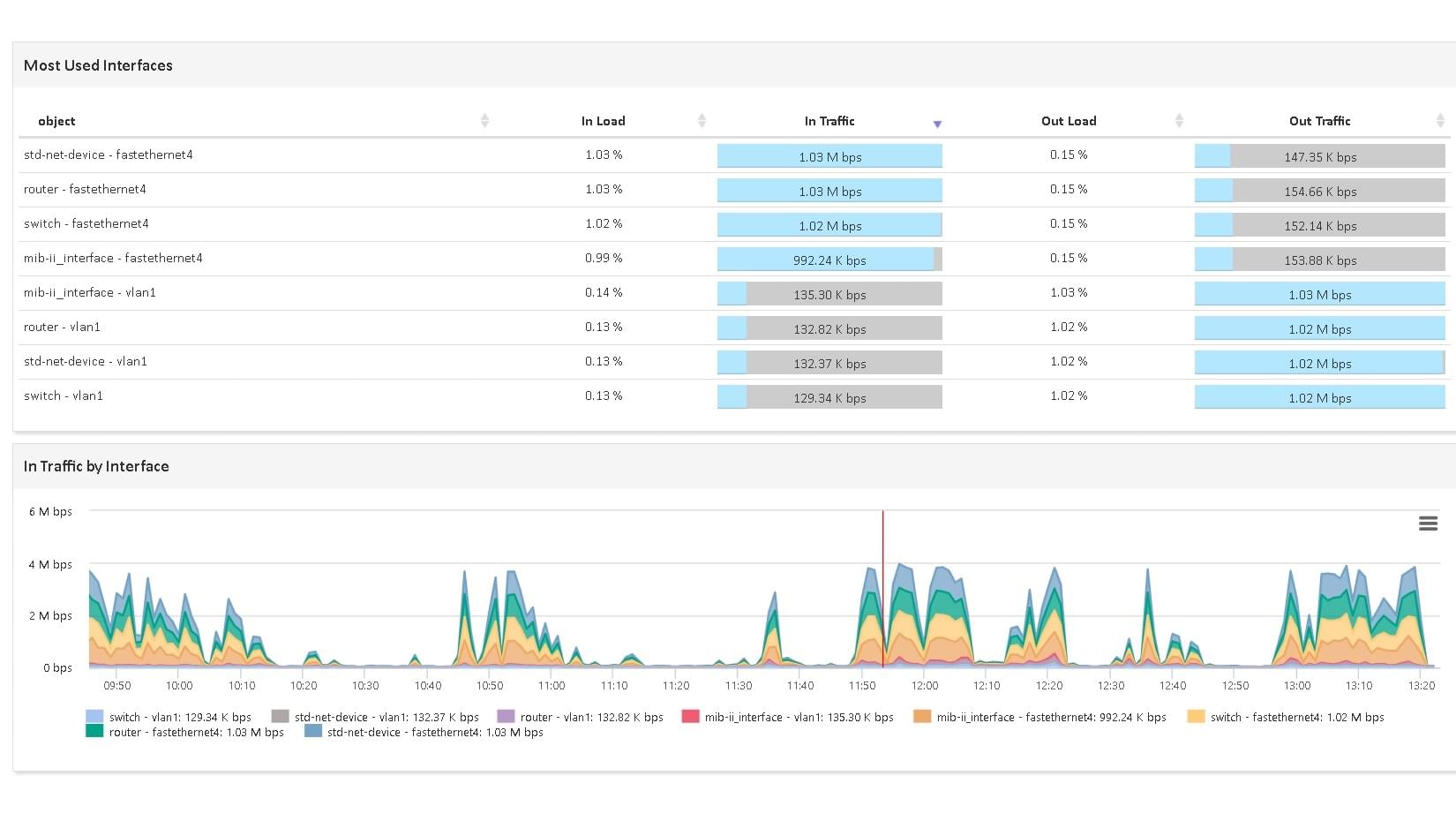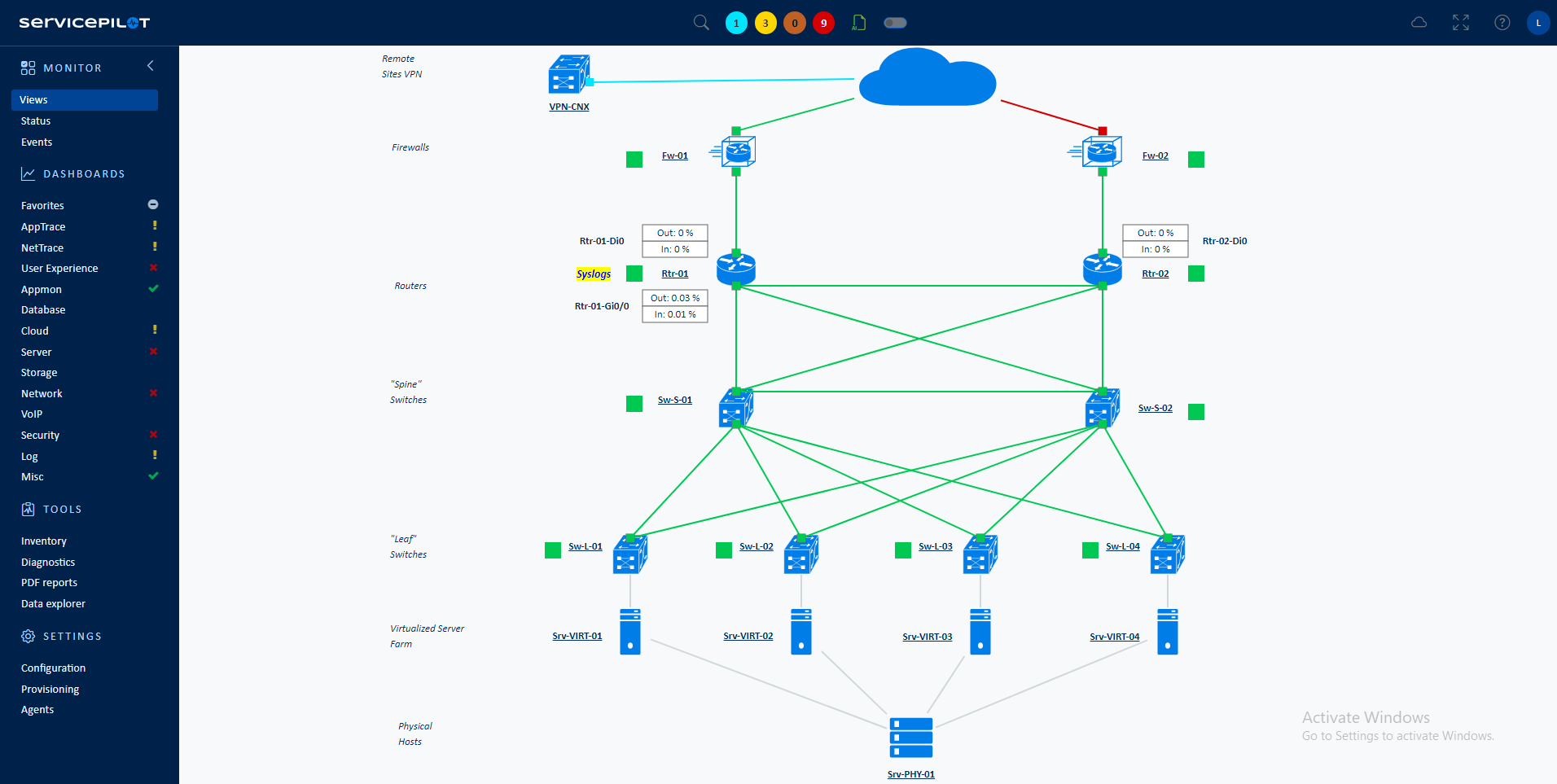What is the OSPF Routing Protocol?
The Open Shortest Path First (OSPF Routing Protocol) is a robust "link-state" routing protocol developed by the Internet Engineering Task Force (IETF). Its purpose is to identify the most efficient route between a source and destination router within a network.
OSPF performs this by creating a topological map of the network and continually updating this map to ensure accurate routing paths. OSPF operates by flooding link-state information throughout the network and using a Shortest Path First (SPF) algorithm to compute optimal paths. This allows for a more dynamic and flexible approach to network communications, accommodating changes in network topology swiftly and efficiently.
How to monitor an OSPF Routing Protocol enabled device?
ServicePilot makes it very easy to monitor OSPF Routing enabled equipment. Simply configure the SNMP interface of the OSPF enabled device. Then use the ServicePilot web interface to add a resource from the ServicePilot network-routing-ospf package.
How to install a routing-ospf resource?
- Use your ServicePilot OnPremise installation or a SaaS account.
- Add a new routing-ospf resource via the web interface (
/prmviewsor/prmresources) or via API (/prmpackagespage), the default ServicePilot agent or another agent will be provisioned automatically.
Details of the routing-ospf package are located in the
/prmpackagespage of the software.
Benefits
ServicePilot enables you to deliver IT services faster and more securely with automated discovery and advanced monitoring features.
By correlating the technology ROUTING OSPF with APM and infrastructure monitoring, ServicePilot is able to provide a more comprehensive view of an organization's IT environment.
This allows IT teams to quickly identify and diagnose issues that may be impacting application performance, and take corrective action before end-users are affected.
Start with a free trial of our SaaS solution. Explore our plans or contact us to find what works best for you.





